Bring Your Own Cup
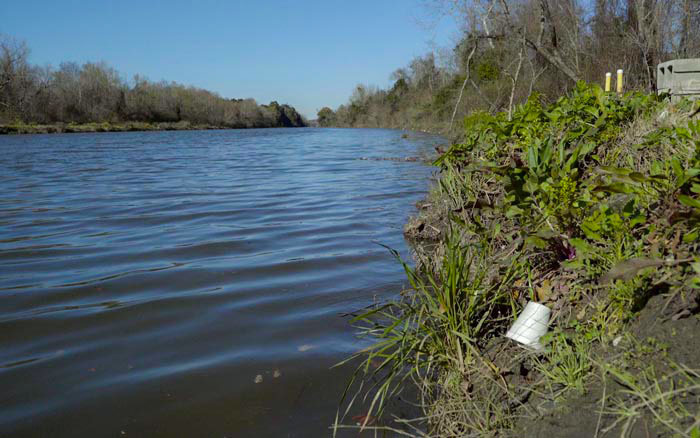
Foam cup litter can easily drift into storm drains and then into streams becoming ugly debris that is dangerous for marine creatures.

Oil leaks from cars contribute to chemical pollution in our waters.
Substances harmful to organisms' health, including metals, pesticides, persistent organic pollutants, chlorination byproducts, and pharmaceuticals, find their way into estuarine waters through pathways like direct pesticide or herbicide application, storage leaks, accidental releases, or atmospheric deposition. Some waterborne chemical contaminants adhere to suspended silts and sediments and tend to bioaccumulate in tissues of aquatic life, from algae to fish, ultimately threatening the health of humans.
Sources: Old Paint, Polystyrene Plastic, Antifreeze, Oil Leak

Foam cup litter can easily drift into storm drains and then into streams becoming ugly debris that is dangerous for marine creatures.

Switching from EPS Foam containers and plastic utensils to reusable trays, cups, plates, and utensils can make a big difference.

Washing your car can send harmful chemicals down storm drains not designed to filter water and from there chemicals and soap will get into our streams, bay and Gulf where they can harm marine creatures, plant life and water quality
Getting out on the water is not only fun and great exercise, the more you use the water, the more likely it is you'll think about protecting it. So go ahead, go for a swim, get your fishing pole, take a boat for a ride, or attend a water festival near you.
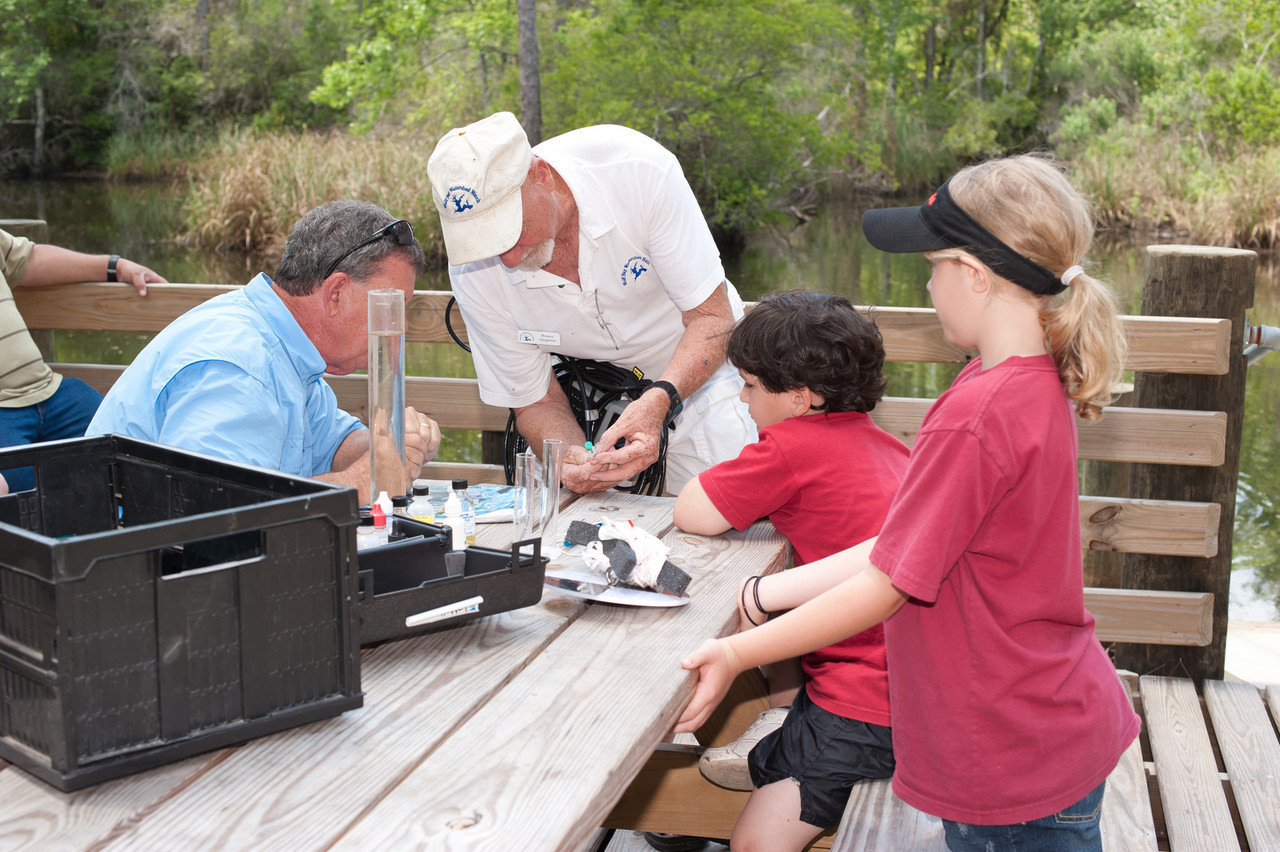
Completing water quality monitoring training and adopting a site to regularly test, is a great way to help the community identify problems before they get out of control.
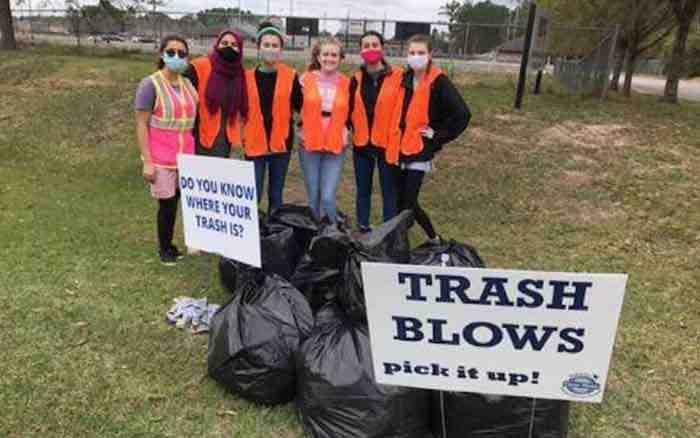
Volunteer, place-based grassroots groups are committed to creating a clean water future for their communities. Through water quality monitoring, education and outreach, and assessment.
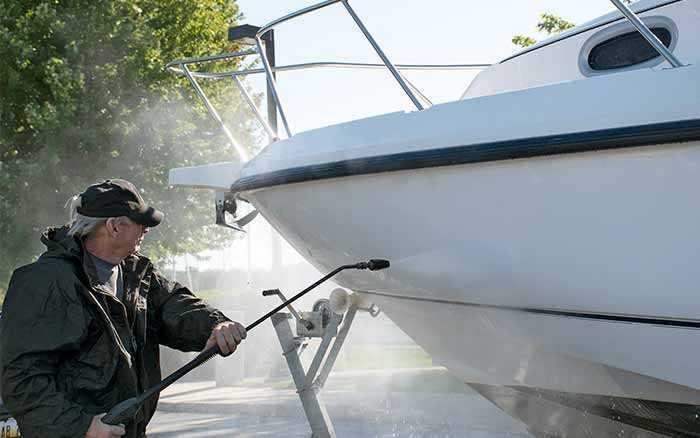
Rinse your boat with fresh water after each use to help reduce the need for cleansers and heavy-duty products.
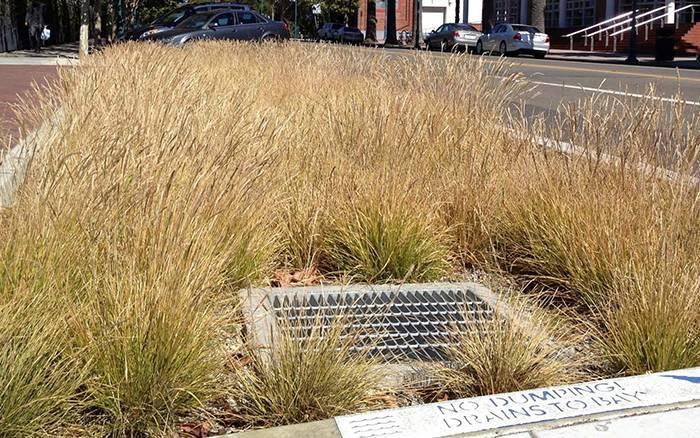
Low Impact Development (LID) techniques imitate natural processes to help rainfall absorb into the ground instead of becoming stomwater runoff requiring culverts, pipes, and basins
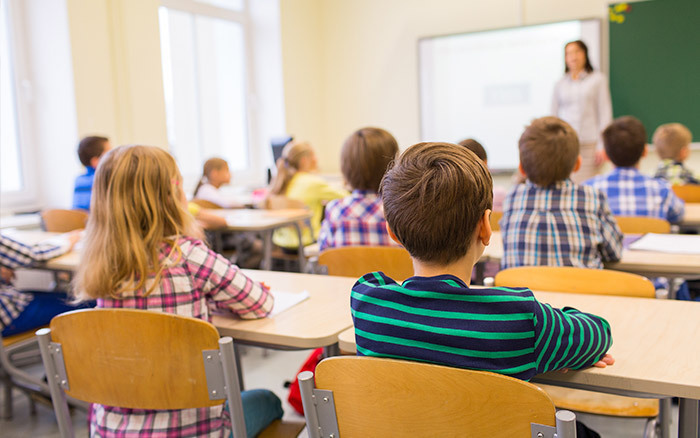
Create a Clean Water Future has several engaging speakers who would be willing to come to your entire school, class, or club.
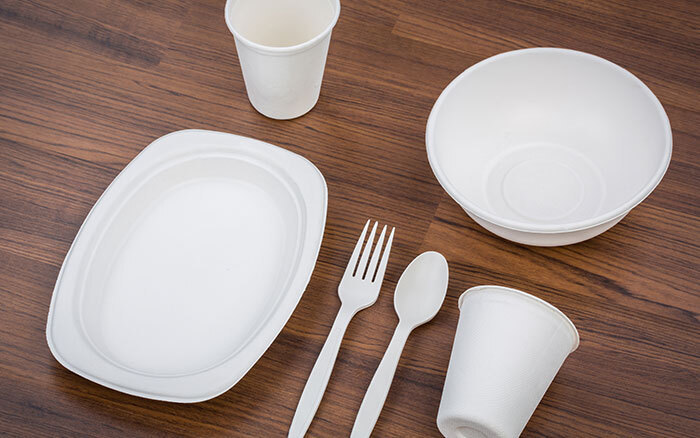
EPS Foam from cups and to-go containers is one of the biggest sources of litter pollution in our streams and rivers, and that foam can cause damage for centuries.
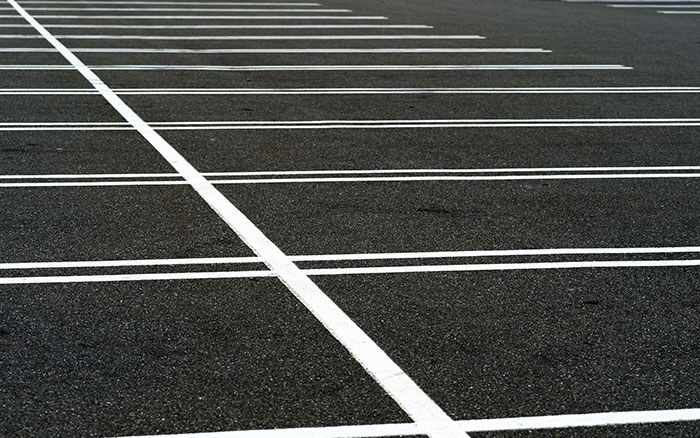
Parking lots are impermeable surfaces that need to be cleaned regularly to decrease the stormwater runoff that carries litter, debris, sediment, and chemicals into storm drains.
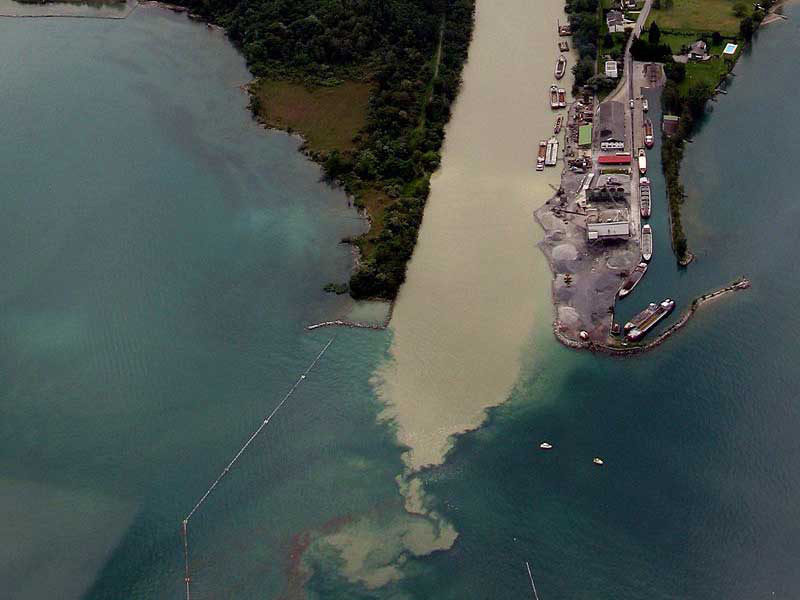
When water rushes off hardened surfaces, erosion of sediments degrade water conditions and smother and disrupt seagrass growth and the habitat for benthic organisms they provide.
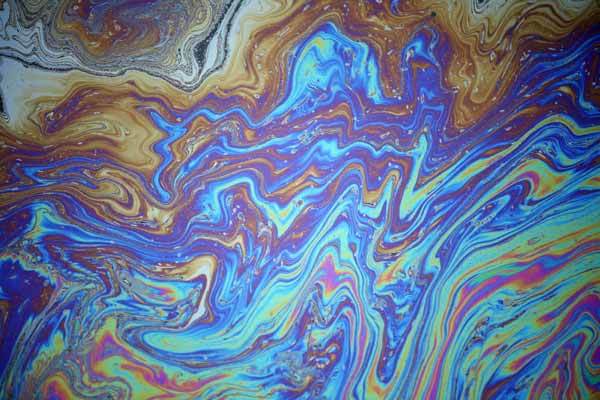
Compounds like oil, grease, and heavy metals take a long time to break down and threaten the health of both aquatic and human life.
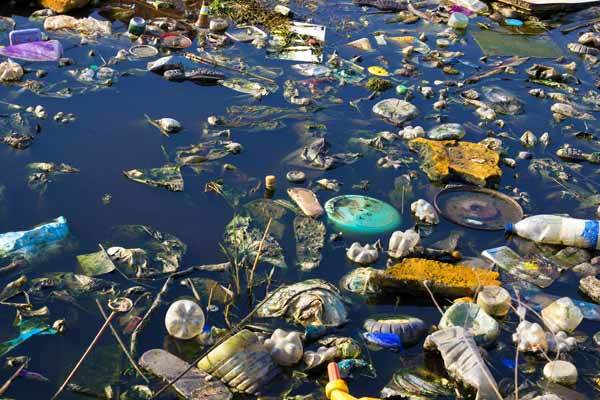
Litter is not only unsightly, but it also causes a variety of problems to the ecosystem as it enters our waters where it is often is mistaken for food by fish and invertebrates.
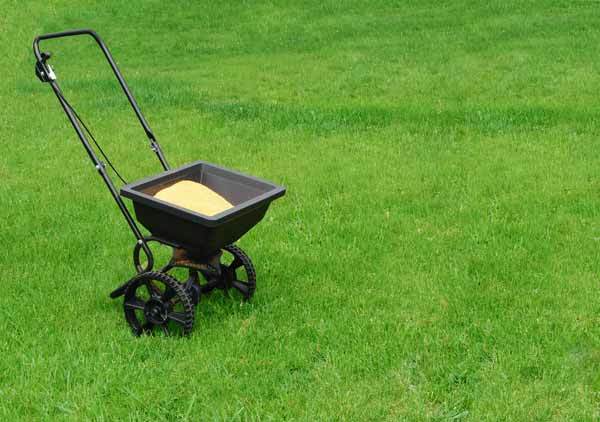
Too much fertilizer, pet waste, and other nutrients in our water often lead to serious problems like lowering dissolved oxygen levels, preventing seagrass growth, and killing fish.
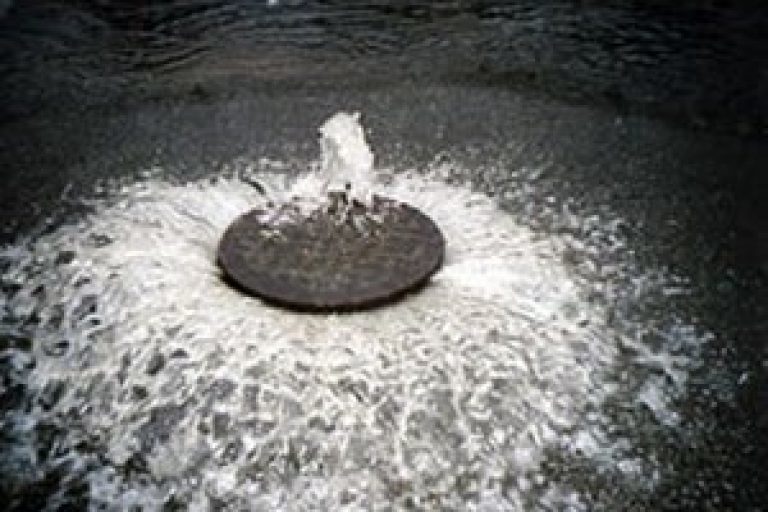
Disease-causing microorganisms, including bacteria, viruses, and other single-celled organisms, are referred to as pathogens, some, like Salmonella, cause human health problems.
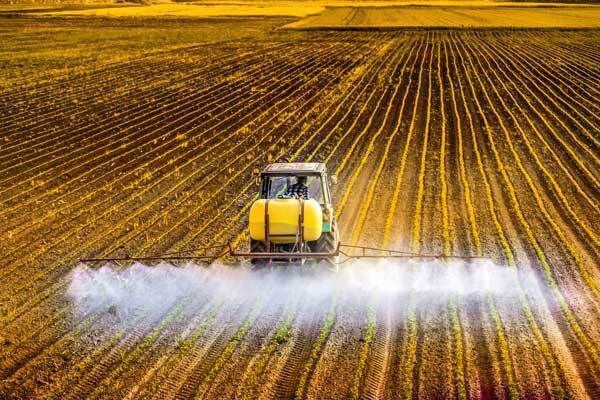
While pesticides are designed to be toxic to certain organisms, they can often be harmful and kill other species in the marine system that are important for the entire ecosystem.